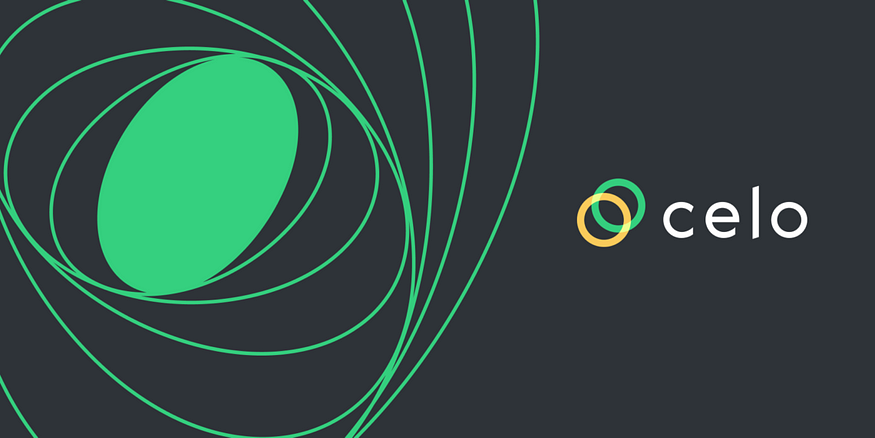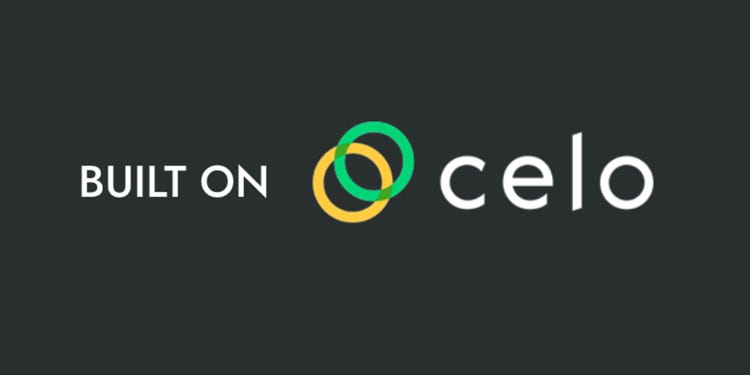
What is Celo blockchain?Celo was founded in 2019 by employees of some notable organizations. These include MIT, Stanford, Google, Square, Circle, Visa, the Federal Reserve Bank, Harvard University, Cambridge University, the US Department of Justice, Bank of America, Twitter, and the Gates Foundation. Celo’s growth and development are handled by the Celo Foundation, a non-profit organization based in the USA.
Celo is a mobile-first, EVM-compatible blockchain designed for decentralized payment apps. Apps created on Celo with a mobile-first strategy may reach a larger audience, with approximately 4 billion smartphone users worldwide. Celo also features a native stablecoin, the Celo Dollar (USD), to ensure that transactions are not affected by price fluctuation.
Other reasons developers may adopt Celo include the fact that transactions are verified quickly, generally in a matter of seconds, and with very cheap transaction costs. Using Celo with Magic, your users may authenticate using a web2-like login experience on your mobile or web app, without having to manage or secure their private keys. When starting a Magic instance, developers may just give in the Celo network URL to connect to Celo. This article will demonstrate what makes celo blockchain different from the rest of the ones for development.
- Advantages of celo blockchainFast, Lightweight Transactions:
- Celo’s native wallets can quickly and securely synchronize with the main network — this makes it perfect for mobile use, opening the potential of crypto to millions of new users as compared to other blockchains celo offers all its transactions in much less time.
- Simple Transaction Details
- Celo also removes the barrier of complexity for new users, by enabling you to use your phone number as your public key. Celo uses an on-chain public key infrastructure that links phone numbers to public keys, making it easy to send money to your phone’s contacts, whether or not they have a crypto wallet yet. There is no lengthy “onboarding†for new users — all you need is a phone and some crypto.
- Instant, Borderless Transactions —
- Celo infrastructure operates across many different carriers and countries, it enables access to financial services from almost any mobile phone in the world.
- An Ecosystem of Native DeFi Options
- Beyond being a blockchain, Celo is compatible with the Ethereum application layer (Ethereum Virtual Machine), meaning it can support its system of applications and tokens. It offers an ecosystem of dApps and DeFi options, (powered by its native coin CGLD), creating an entry point for millions of people to access financial services and passive income opportunities, with just a mobile phone.
- Governed By its Community
- Celo’s native token Celo (CGLD) is also an on-chain governance token that can be staked on Celo’s proof-of-stake protocol, making passive income accessible to anyone. This also means anyone with the token can have a say in how the platform evolves and grows over time. Celo also offers the Celo Dollar — the platform’s native stablecoin backed by CGLD in reserve, and capable of maintaining a stable value via Celo’s algorithmic protocol.
- The First Carbon Neutral Blockchain
- Celo follows an approach to fight climate change by incentivizing the protection of natural capital. The platform’s mission extends beyond simply giving mobile access to crypto — it aims to make financial services borderless, easy to use, and accessible for all, via a sustainable infrastructure,
Celo blockchain’s ecosystem.
To understand the value of Celo and its ecosystem of services, firstly we need to look first at how it’s designed to be used. Celo is a mobile-first, carbon-neutral blockchain that makes decentralized financial (DeFi) tools and services accessible worldwide. a US non-profit organization with a unique governance system that oversees the Celo platform’s development; anyone can join it and help make decisions about it. The Celo Foundation has a project called Celo Camp, a boot camp for developers who want to build applications on the Celo platform — to enable them to receive funding and support as they build their smart contracts and decentralized applications.
Its network comprises the Celo Mainnet and two Testnet:
Alfajores (developer) first public Celo network;Baklava (operator) second public Celo network.The Celo’s primary goal is to ensure that the benefits of cryptocurrencies are brought to anyone with a mobile phone. It combines the simplicity of using digital wallets and the decentralization of the blockchain. Thanks to it, you can easily use your phone number as your public address. This feature increases financial inclusion for all the unbanked people only using a smartphone with an internet connection.
Celo has some proprietor wallets, but it is also supported by third-party organizations, such as Metamask, Coinbase wallet, Dove wallet, and Ledger.
Valora: a mobile wallet created by Celo to make peer-to-peer payments simple. Users can use phone numbers to verify their accounts, receive payments, and send payments to contacts.
CeloWallet: a mobile-friendly wallet. It works on the web and desktop to support the core functionality of Celo — payments, exchanges, staking, etc.
Celo DeFi apps: ubeswap and Moola
Celo Terminal: a wallet and decentralized application that can be used for installing and running Celo DApps locally on your desktop.
Quickfacts: What Makes Celo Special?EVM compatibility: Celo is compatible with the Ethereum Virtual Machine.
On-chain governance: Celo supports quick upgrades and protocol changes through on-chain governance in which all cryptocurrency holders can participate.
Proof-of-Stake: Celo uses a proof-of-stake consensus algorithm.
Incentive system: Unlike other proof-of-stake systems, Celo aims to reward users for providing compute resources without requiring them to stake coins.
Transaction fees: users can pay transaction fees in stable currencies.
How to build on celo?
The fastest way to deploy on Celo is to Set up a Testnet Development Wallet and Deploy with Remix. This doesn’t require installing anything on your local device and gives you access to powerful web-based tools for dApp development. Alternatively, you can set up a local development environment and deploy using many popular dApp deployment tools.
Developers can build on Celo using many Ethereum-compatible tools including Remix, Truffle, Hardhat, and others. By making a few adjustments to your project’s network configuration settings, you can deploy your new or existing dApp on Celo.
Just getting started learning about how to write smart contracts? The Solidity docs are a great place to start.
You can start developing on celo by using the tools
Summing up this article cello’s use case is vast, the ecosystem is rapidly expanding, and the Celo team is constantly growing. The Celo Foundation recently hired employees from well-known corporations. In general, the platform performs well and invests heavily in a growth market… all while now the decision is all upon you that you should choose celo for development or not.





0